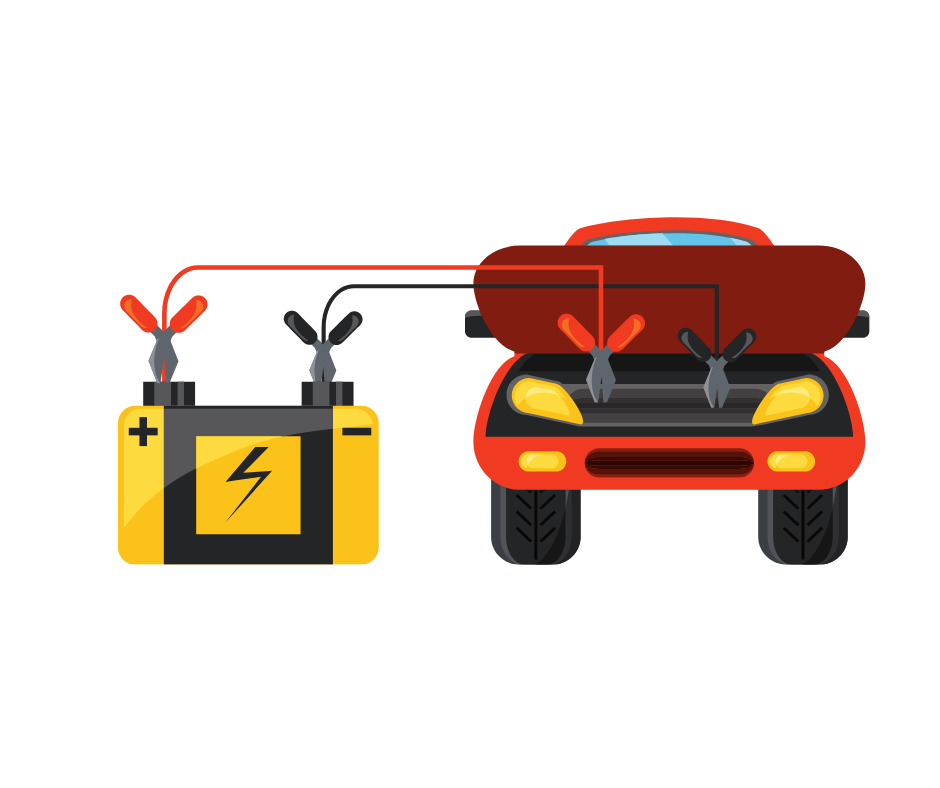Don't Make Our Mistake. How To Avoid The Pandemic Dead Battery Curse

BY BRIAN FRANK LAistJANUARY 1, 2021 9:42 AM
Have you tried starting your car recently only to find the battery's dead? Even though you can clearly see you didn't leave any lights on?
You wouldn't be alone: AAA reports a 6.2% increase in calls for a dead battery throughout Southern California since March, when the first stay-at-home orders were issued. That's the equivalent of 75,000 more calls for dead batteries this year than last, according to Doug Shupe of AAA.
Meanwhile, all other tow service calls are down. So what's the deal? A lot more people are staying home for days on end because of the pandemic. That means fewer people getting locked out, running out of gas, getting flat tires and the like, Shupe said. But idle cars don't do well.
"When your vehicle is idle, you're not using the many functions and parts of your vehicle that are required to keep it well maintained," Shupe said.
"Many of us are sheltering in place and our normal driving routines have been disrupted. And ... while we may be driving fewer miles than usual, we still depend on our vehicles for important errands, like going to the store to buy groceries or visiting doctors or picking up prescriptions. And that's why it's so important to make sure your vehicle is in good running condition."
To keep your car, and your battery, in good shape, try to drive it at least once a week for 30 minutes, Shupe said. If you don't want to wander around aimlessly, just start it once a week and let it run for 20 minutes. That charges the battery, circulates the oil, and keeps other systems in good running order.Here are some more tips from Shupe and AAA:
- Consider using a battery charger. You can attach these to your battery to help keep the car battery fully charged and prevent deterioration. And while you're at it, make sure your battery cables are tight and the terminals are clean and not corroded.
- Check fluid levels and watch for leaks. Consult your vehicle manual for the location of fluid reservoirs for oil, coolant, power steering fluid, brake fluid, windshield washer fluid.
- Keep your gas tank full to minimize condensation. You might also consider using a fuel stabilizer to extend the life of the gas in your tank. Just remember you should still drive the car for at least 5-10 miles every two-to-three weeks to circulate the fuel.
- Add extra air in your tires. This can help prevent flat spots on the bottoms of the tire from sitting in place too long.
- Leave your parking brake off — if you're on a level surface, of course. This prevents the brake pads from rusting or "freezing" to the rotors, and keeps the brake shoes from distorting the drums.
This report is reprinted with permission from Southern California Public Radio. © 2020 Southern California Public Radio. All rights reserved.


